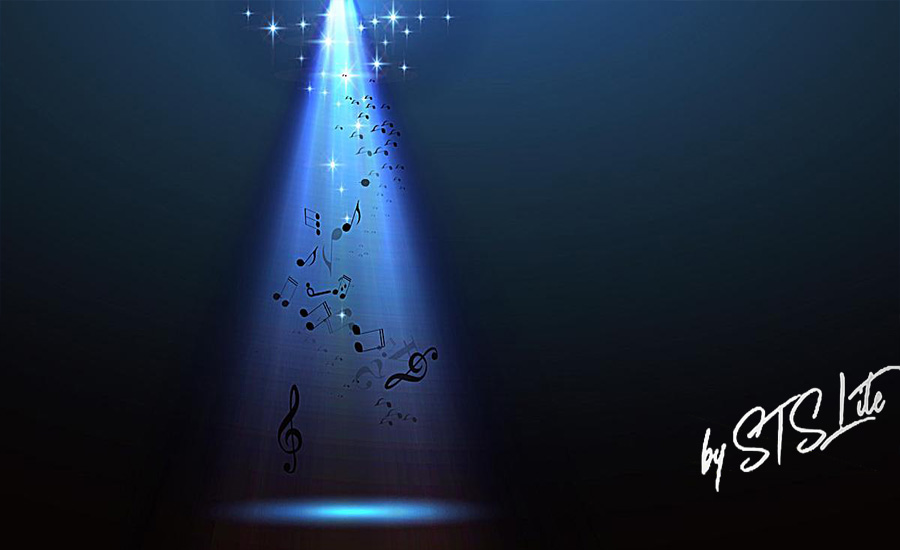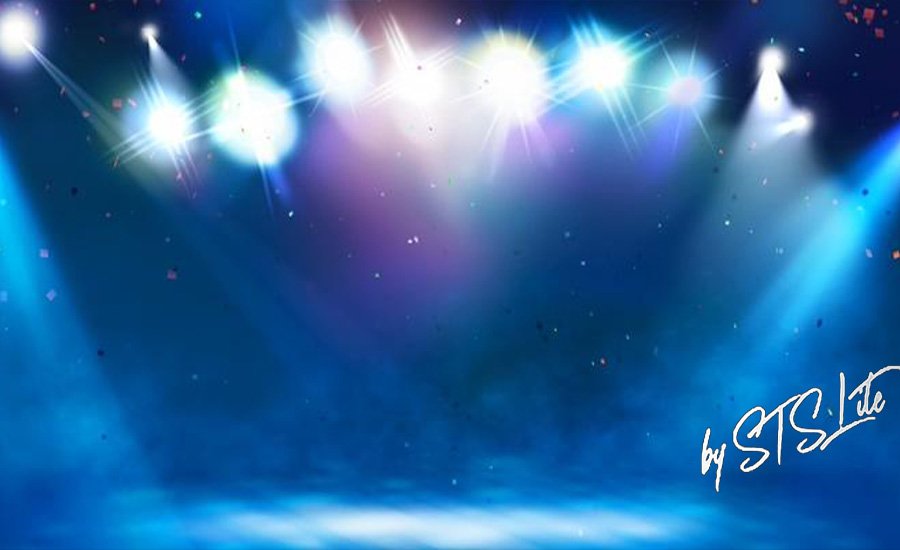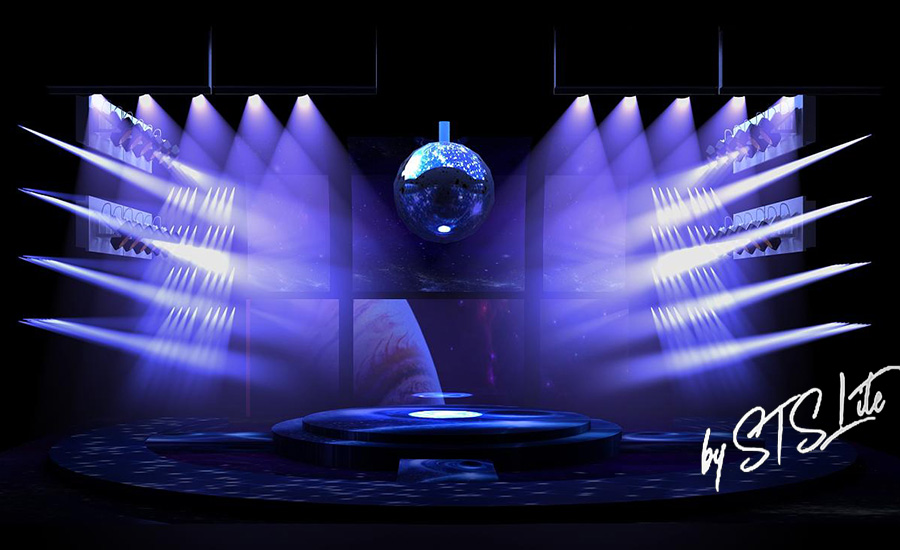Stage lighting is an important part of stage art. It cooperates with the performance on the stage and uses its special and unique means to simulate nature, express the environment, create artistic conception, enhance the atmosphere, and express emotions. The performance of these artistic effects often relies on artistic methods such as light intensity, color, projection angle, beam, and light movement. Music and lighting serve the art of drama at the same time. The stage atmosphere and effects of drama rely to a large extent on the combined effect of music and lighting. Both lighting and music are important expressions of emotional externalization of drama. So is there musicality in stage lighting art? The author thinks it exists. Without rhythm, there is no art. Therefore, musicality is an attribute shared by all arts, an important attribute of drama, and it also exists in stage lighting art. The musicality of stage lighting requires us to carefully experience, practice, identify, discover and understand, and summarize and summarize it. The treatment of stage lighting and musicality is the key factor to sublimate lighting design works. Emphasizing the musicality of lighting can avoid one-sided understanding and understanding of stage lighting in the creative process, and can grasp the creation of lighting art as a whole.

2. The specific meaning of "musicality" of stage lighting
Apia was a famous European theater artist at the end of the 19th century and the beginning of the 20th century. Apia believes that music is an ideal art, and all other arts covet its status. Apia's highest intuition is that he realizes that light and music can directly affect our emotions. Lighting is not only an indispensable means of unifying the stage scenery, providing mood and atmosphere, but also a means of emphasizing the dramatic value of a performance and enhancing our emotional response to these values. Apia not only clarified the flexibility of stage lighting in theory, but also in setting practice, making it as expressive as musical accompaniment directly, providing the possibility for the lighting spectrum configuration of any drama lighting. As a result, the lights form part of the drama like the music in the musical by the German composer Wagner. From a certain point of view, stage lighting is closer to the feeling of music. The lighting can express people's emotional activities and the world of images, and can evoke people's visual associations, because different lights can produce soft, clear, intense, jumping, Dynamic stage effects, through these effects to strengthen symbols, metaphors and other factors to mobilize people's emotions and produce different associations.
Therefore, to express the inner world and emotions of the characters, the stage lighting must play the role of light symbol and metaphor. The lighting not only completes the external modeling task of the drama, but more importantly lies in revealing the connotation of the drama and the psychological emotions of the characters.
The musicality of stage lighting can be interpreted as the temporality and movement of lighting in stage performances that reflect the characteristics of music, which is manifested in the dynamic conversion process of lighting. This dynamic process can be fast, slow, and fast. It can change rapidly, slow enough to allow the audience to experience changes in lighting unconsciously, and sometimes it can be a combination of fast and slow, fast and slow. The rhythm of this change makes the stage lighting just like a score of music, with the dramatic action Development and changes in the mood of the characters create a psychological modeling space composed of light and color, which expresses the inner theme and essence of the drama. The light and dark changes of the stage lighting are like the melody of music, reflecting the tone of the lighting changes of the whole performance; the timing and changing points of the stage lighting changes are like the rhythm of music. This rhythm of lighting changes depends on the rhythm of the drama and promotes them together. The development of drama; the gradual dimming, cutting, flickering and dimming of stage lighting are like the intensity of music. Different intensity of lighting changes give people different psychological feelings, which can enhance the inherent expressive power of drama and better rendering The atmosphere of the stage.

At the same time, understanding the musicality of stage lighting cannot simply understand the role of lighting as external modeling methods, expressing time and space, and creating natural illusions. More importantly, it is more important to understand the musicality of stage lighting by discovering and emphasizing the musicality of stage lighting. The role gradually penetrates from the external modeling to the shaping of the inner world of the characters, and in-depth exploration of the spiritual power that stage lighting can bring to people from the connotation of drama. In the past, when we talked about the role of stage lighting, we were often limited to the concept of external modeling, that is, "light" was used as a medium to convey the stage image. It was simply understood as the purpose of illuminating the object, or narrowly understood as the expression of time and time. Space, creating the illusion of nature. For a long time, stage lighting has been regarded as an "external modeling method" and it has become a common concept. Deeply study the function of stage lighting, in fact, it not only exists as a "tool to make people see", but also not only exists as a realization of time and space and creating natural illusions. It has gradually moved from the external image to the right The shaping of the inner world of the characters is an important means of creating "psychological modeling space", and it is also an excavation of the potential functions of stage lighting.
With the development of drama art, the role of stage lighting in psychological modeling has attracted more and more attention. When the emotional effect of stage lighting and performance are integrated, it can generate psychological resonance and thinking and imagination with the audience, reveal the connotation of drama and find the spiritual power that shocks the soul.

3. Conclusion
In the above discussion, the author summarizes the rhythmic and emotional factors in stage lighting art as the musicality of stage lighting. It is particularly important to grasp and deal with these two aspects of lighting during theatrical performance. The drama is connected as a whole, so as to find the great power of shocking people for the stage lighting. The exploration of the artistic viewpoint of the musicality of stage lighting can enrich the artistic expressiveness of stage lighting, and the rhythm and modeling of lighting changes can be paid more attention. Although there are various methods and methods to deal with the musicality of stage lighting, the pursuit of art remains unchanged. The musicality of stage lighting exists in the overall art of drama, which requires us to carefully summarize and summarize, and open up a broad world for the creation of stage lighting art.